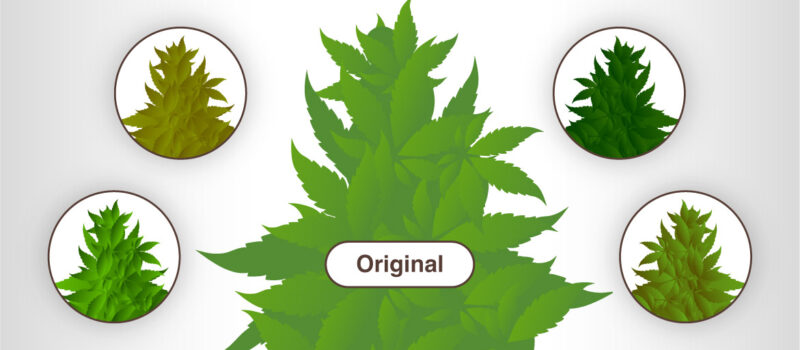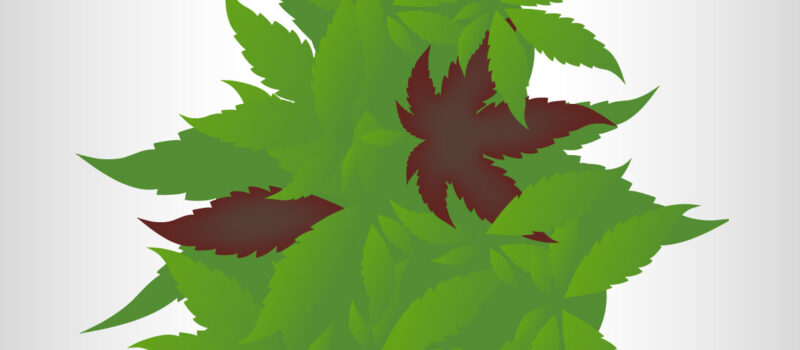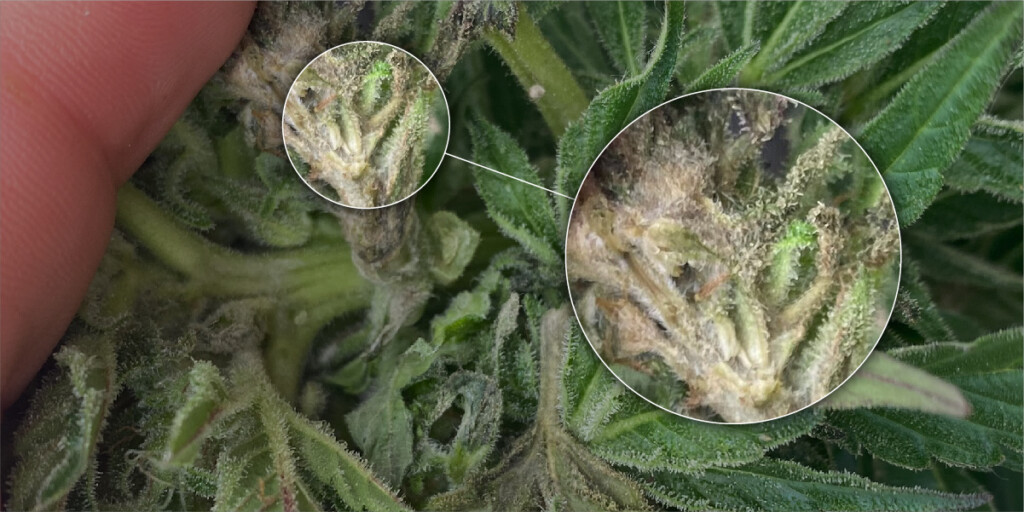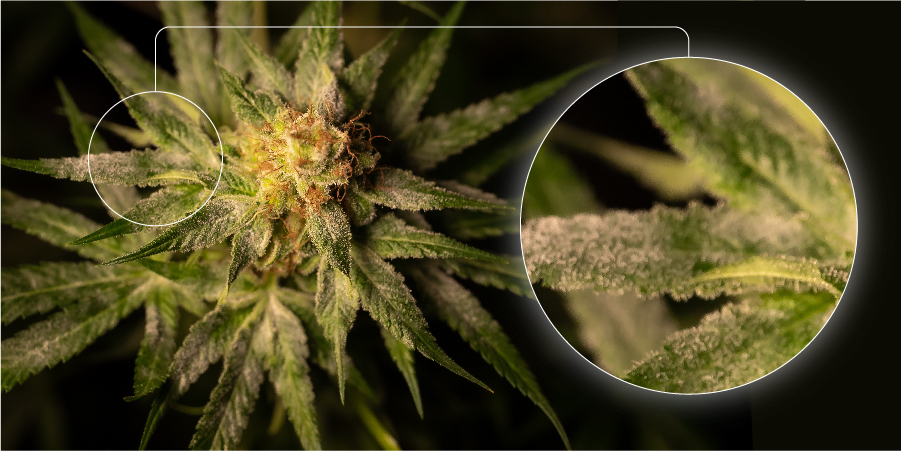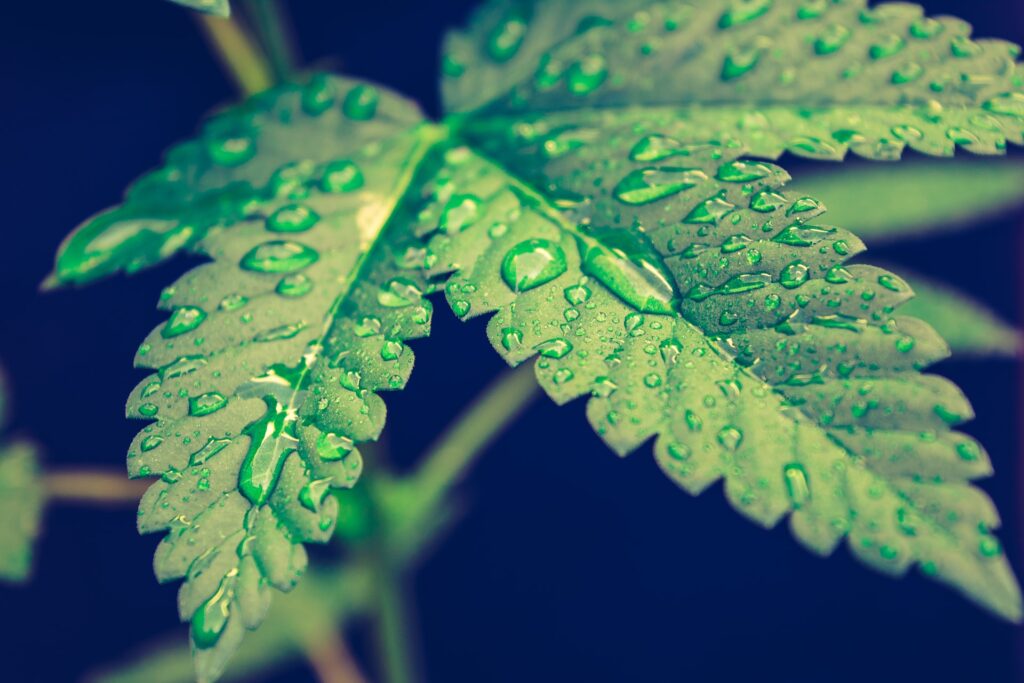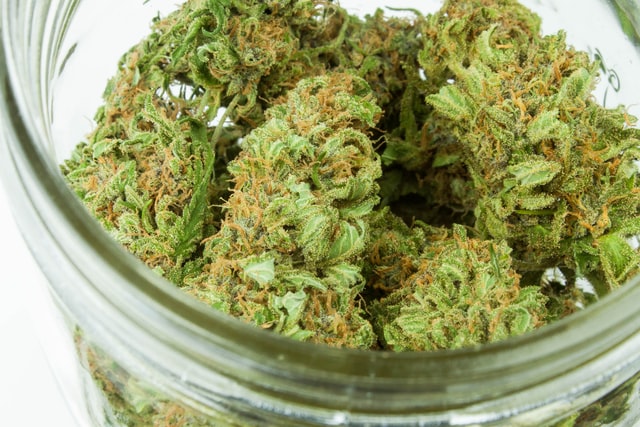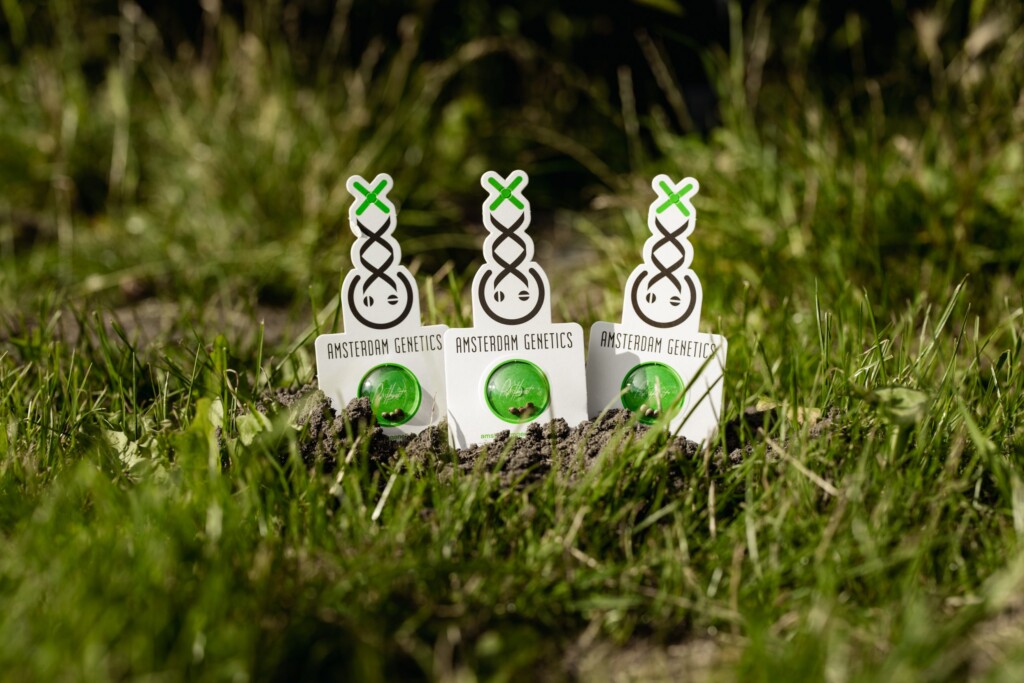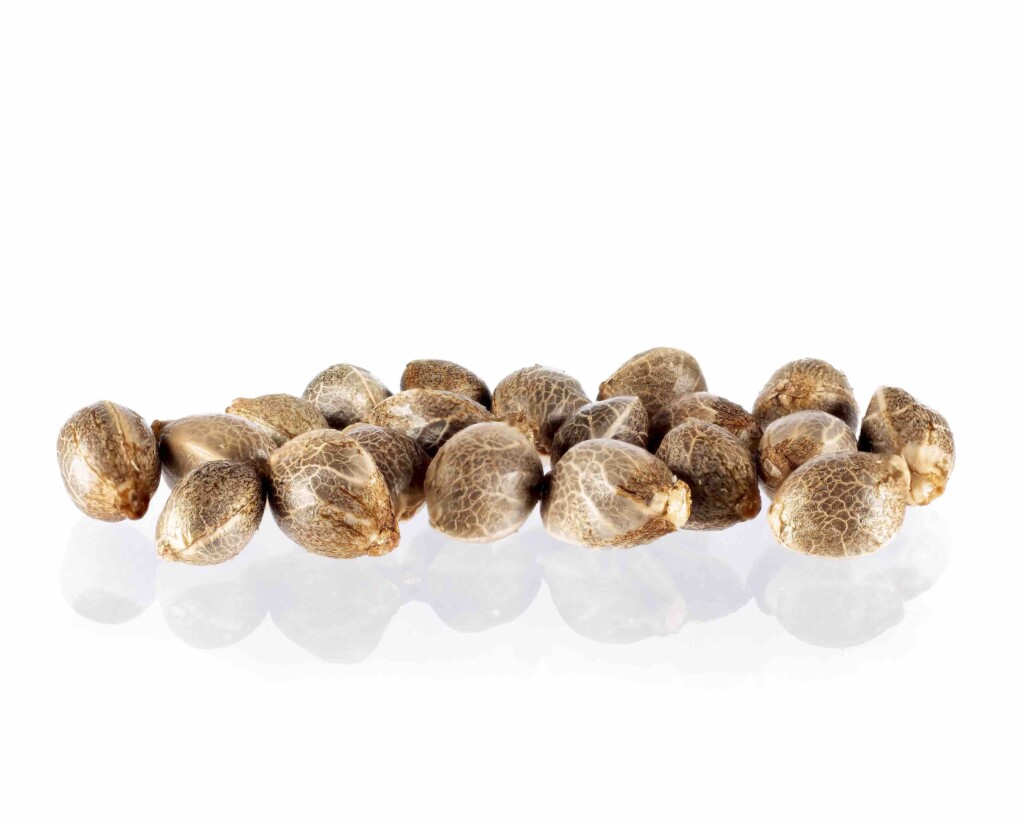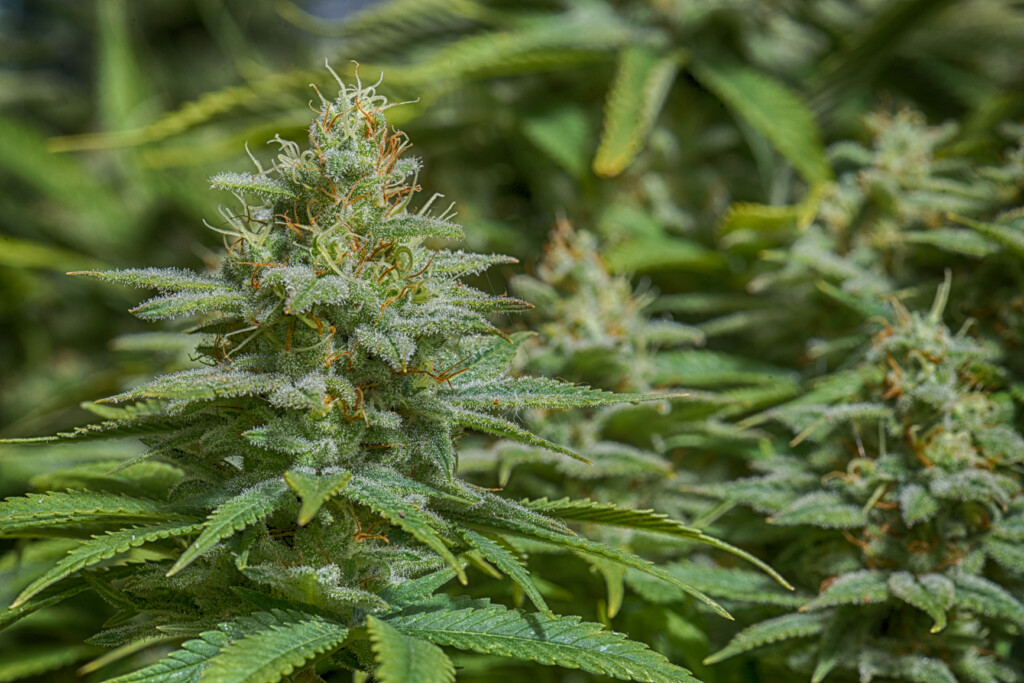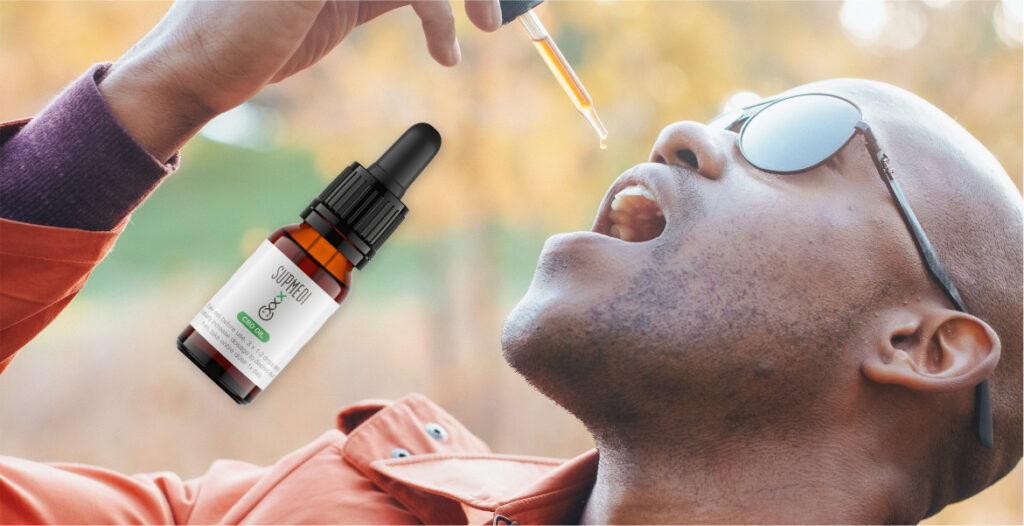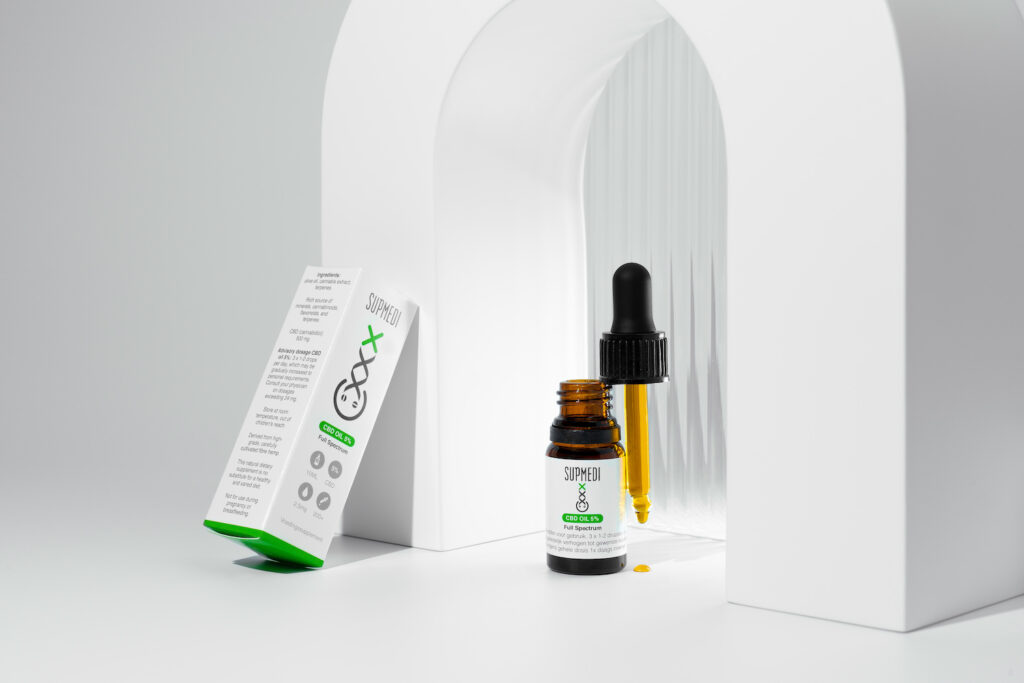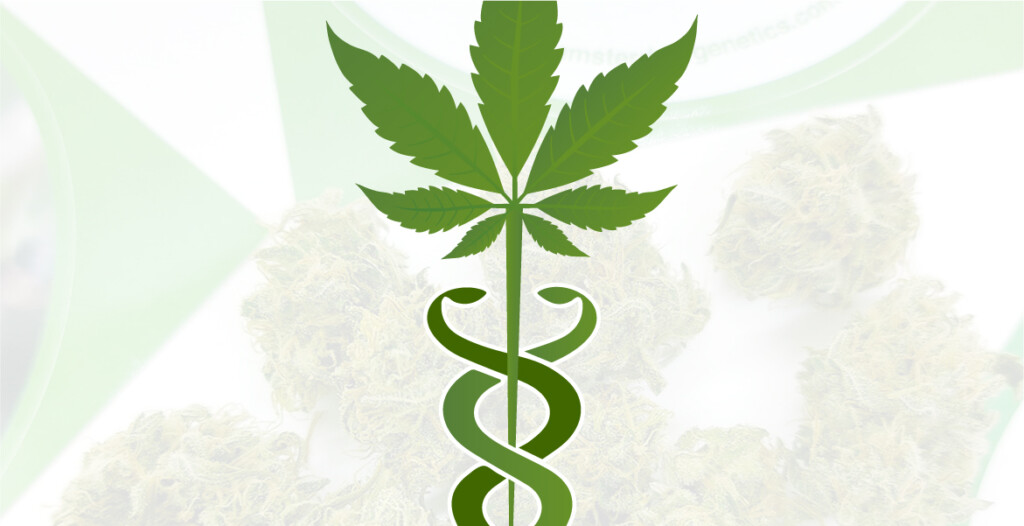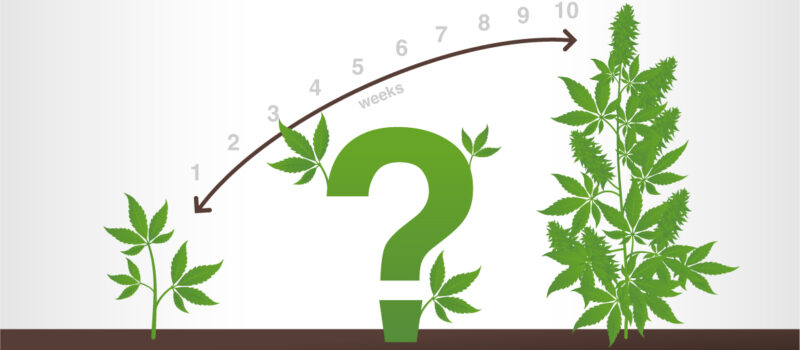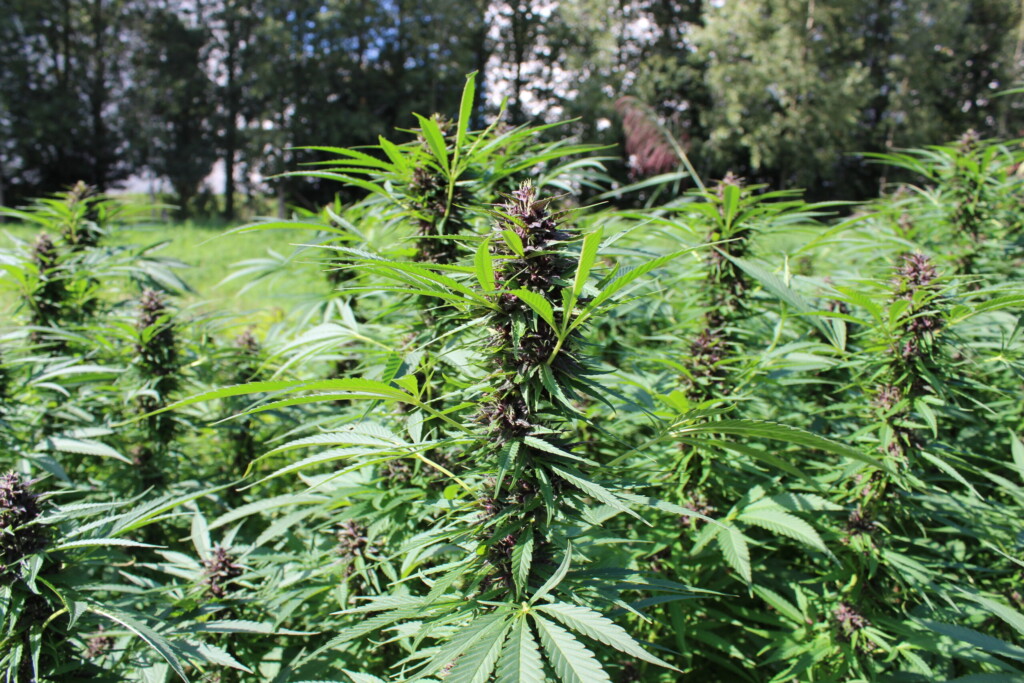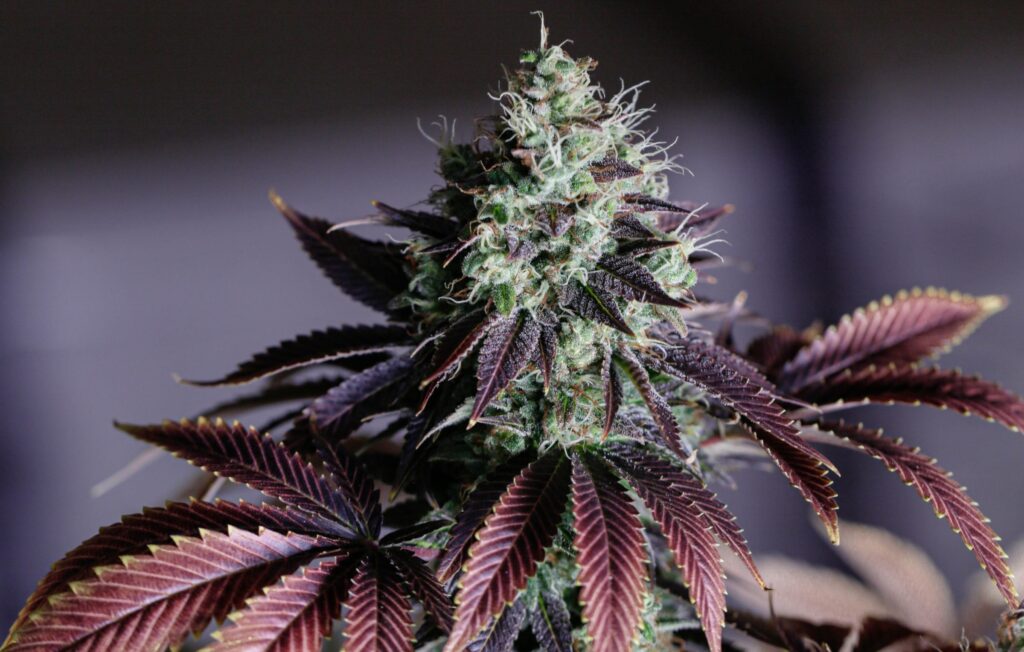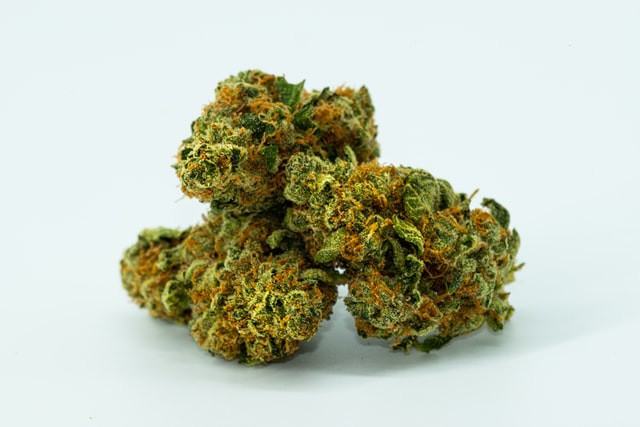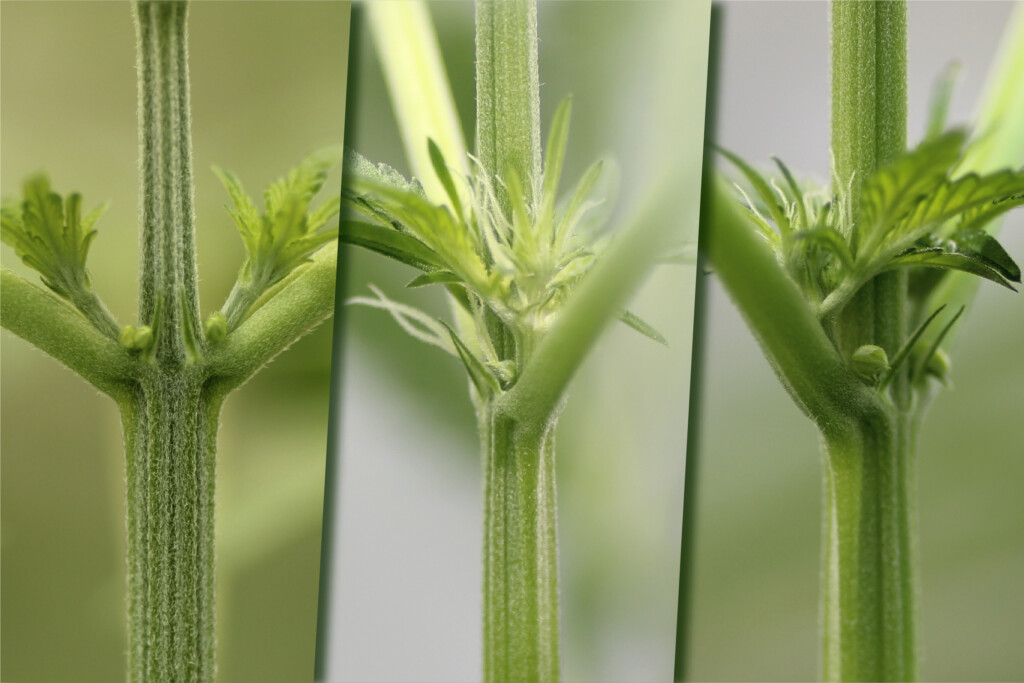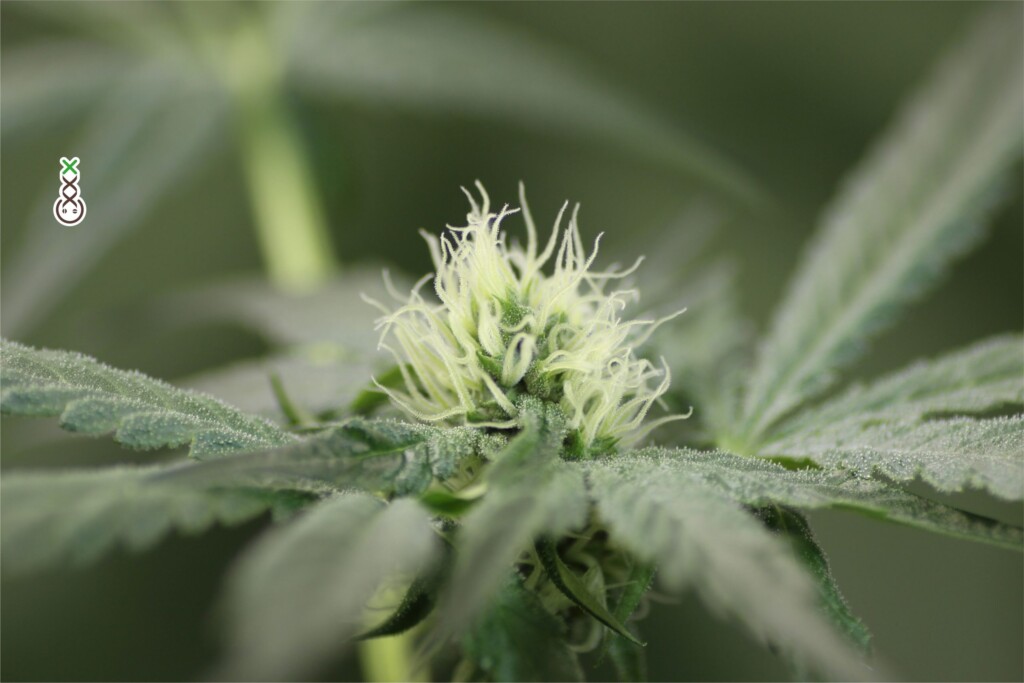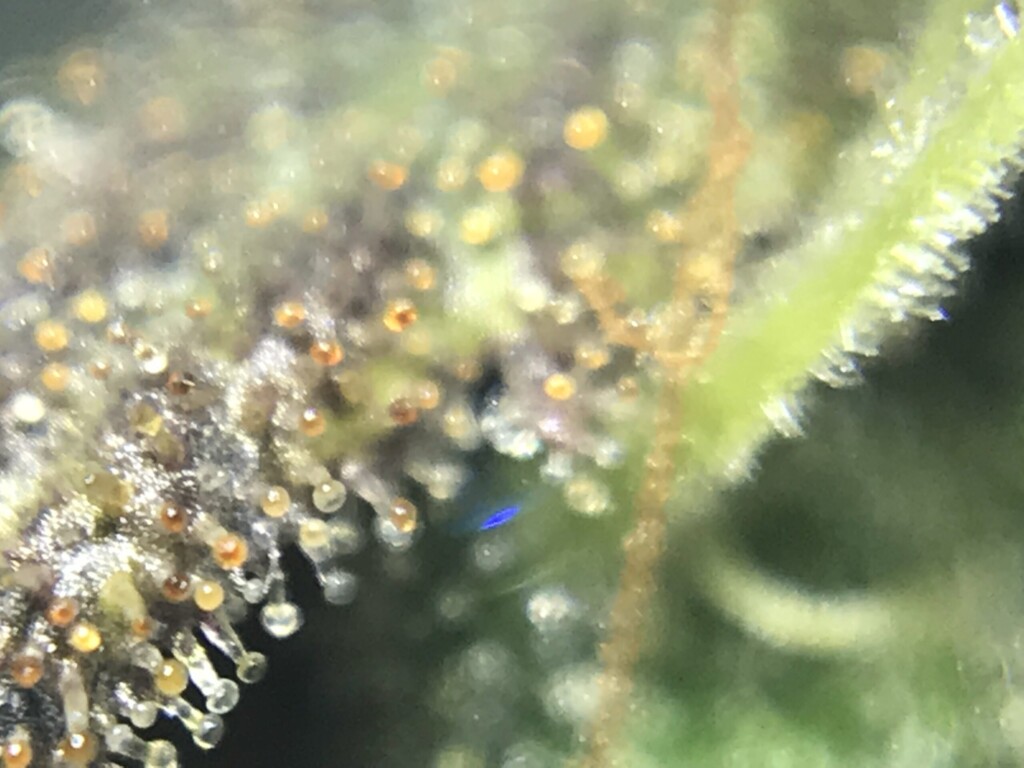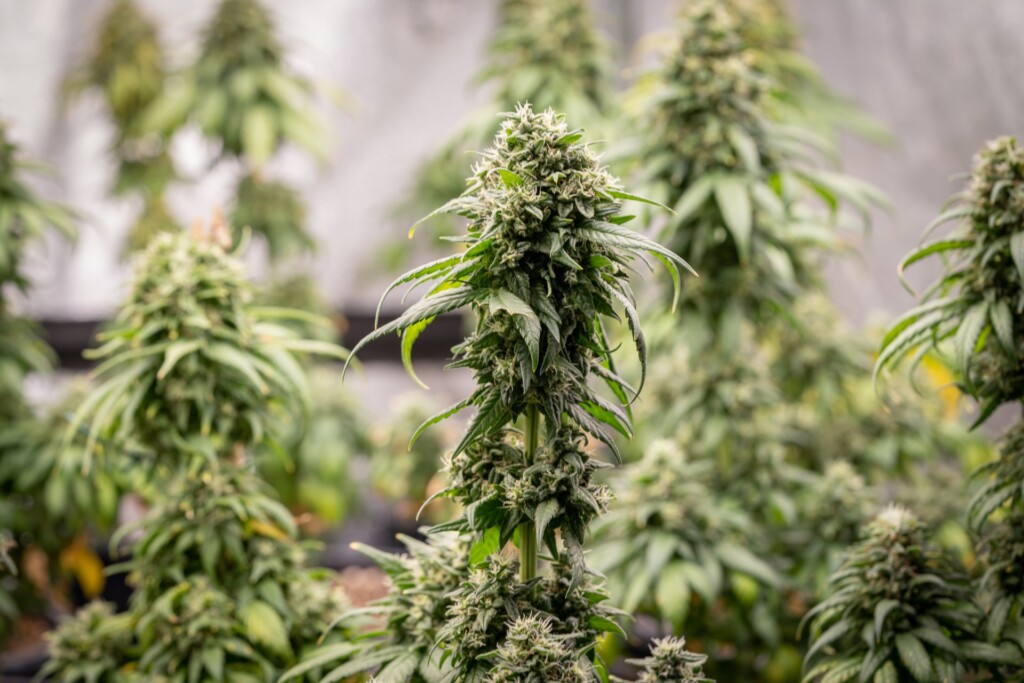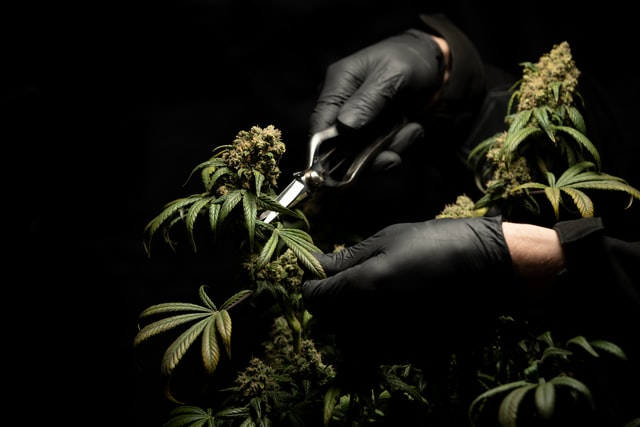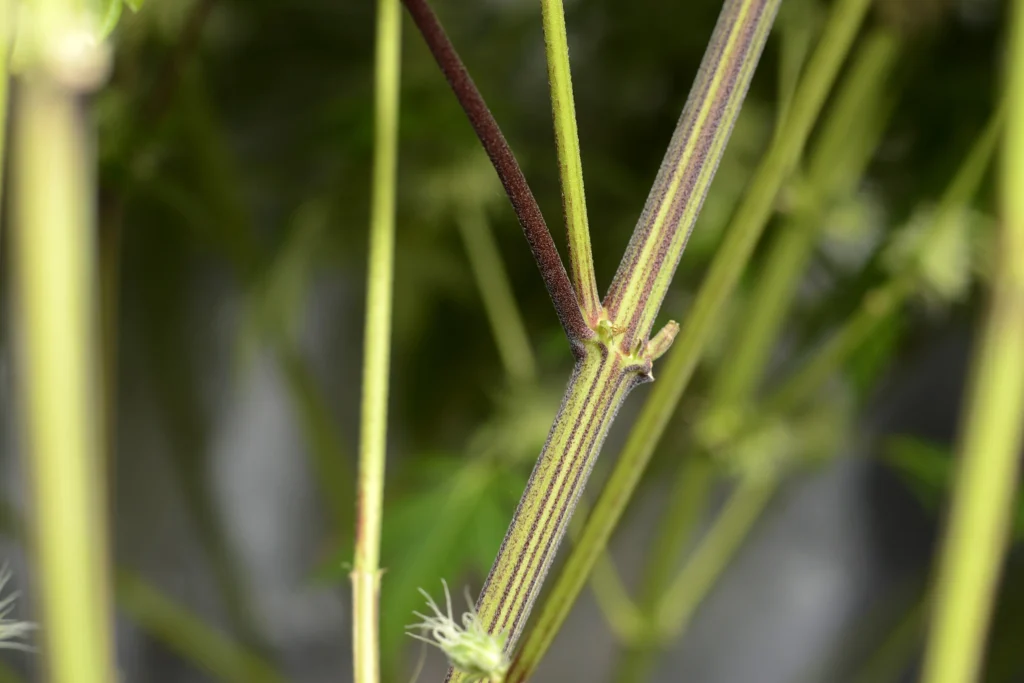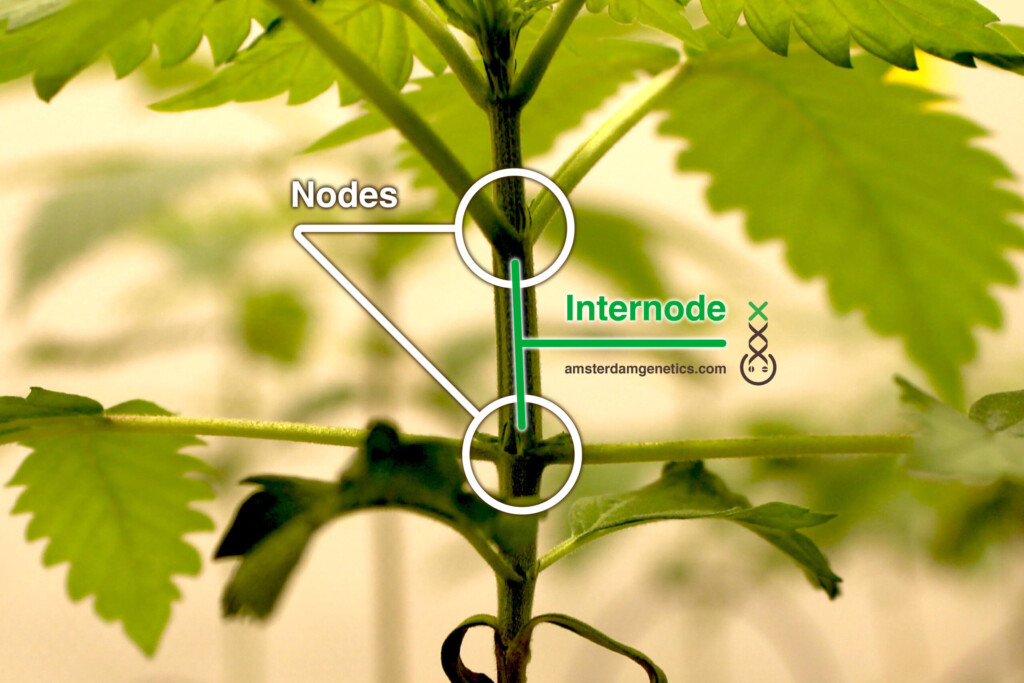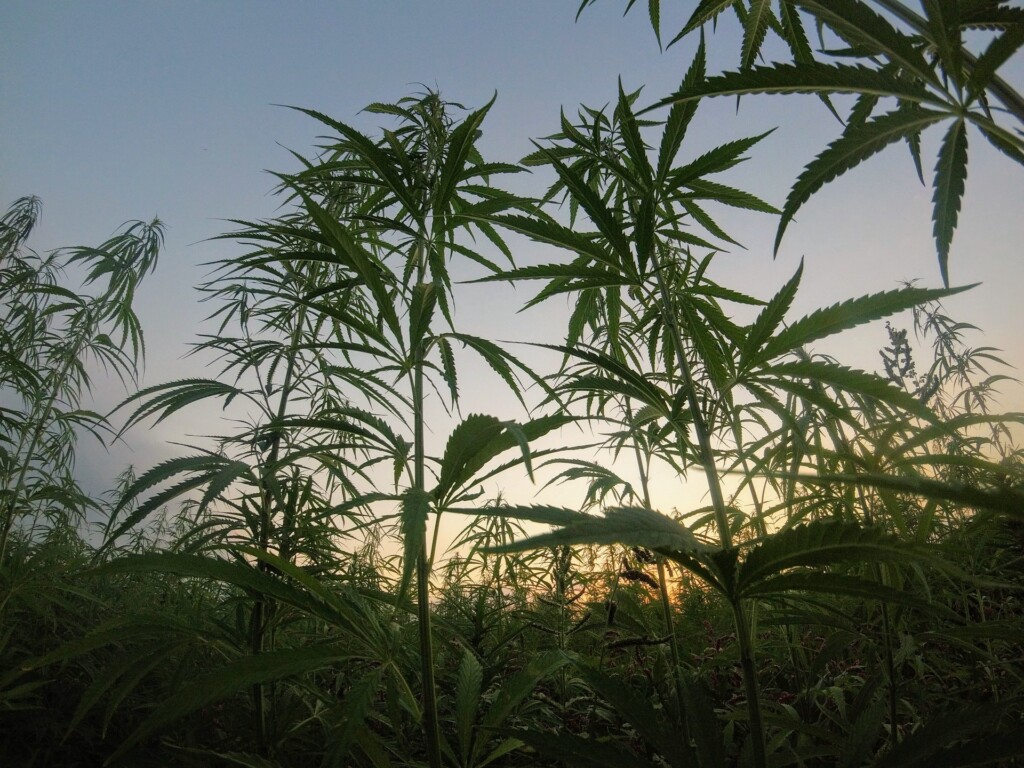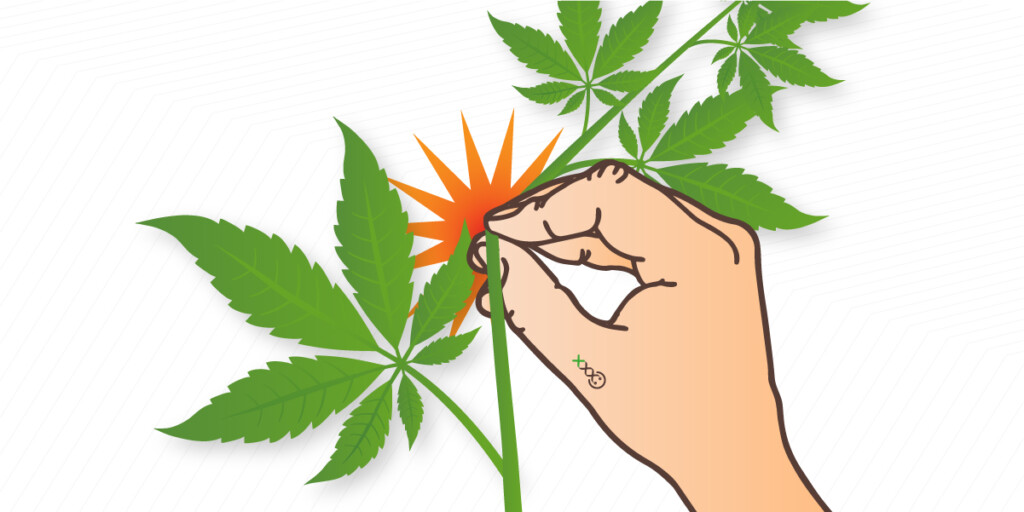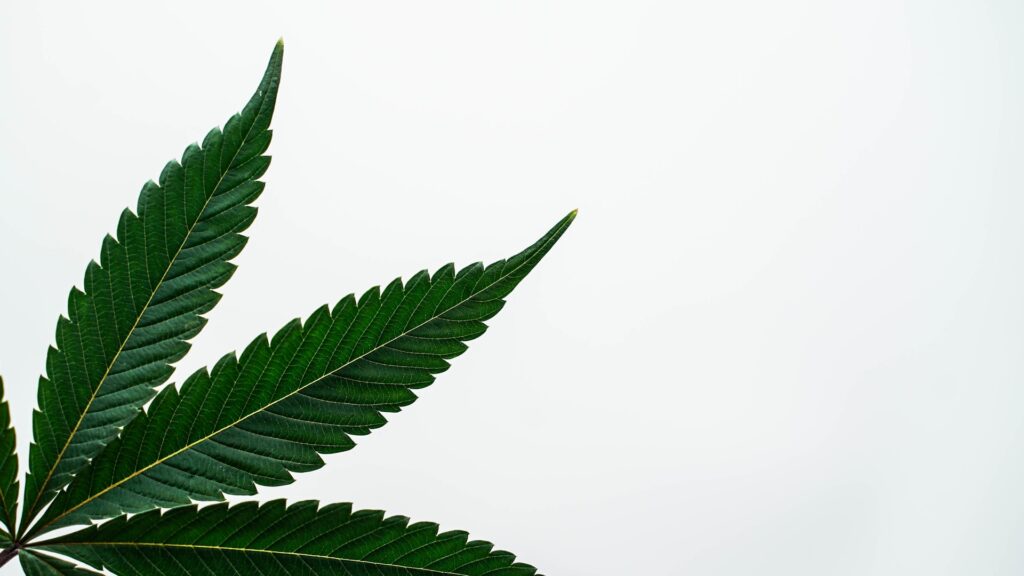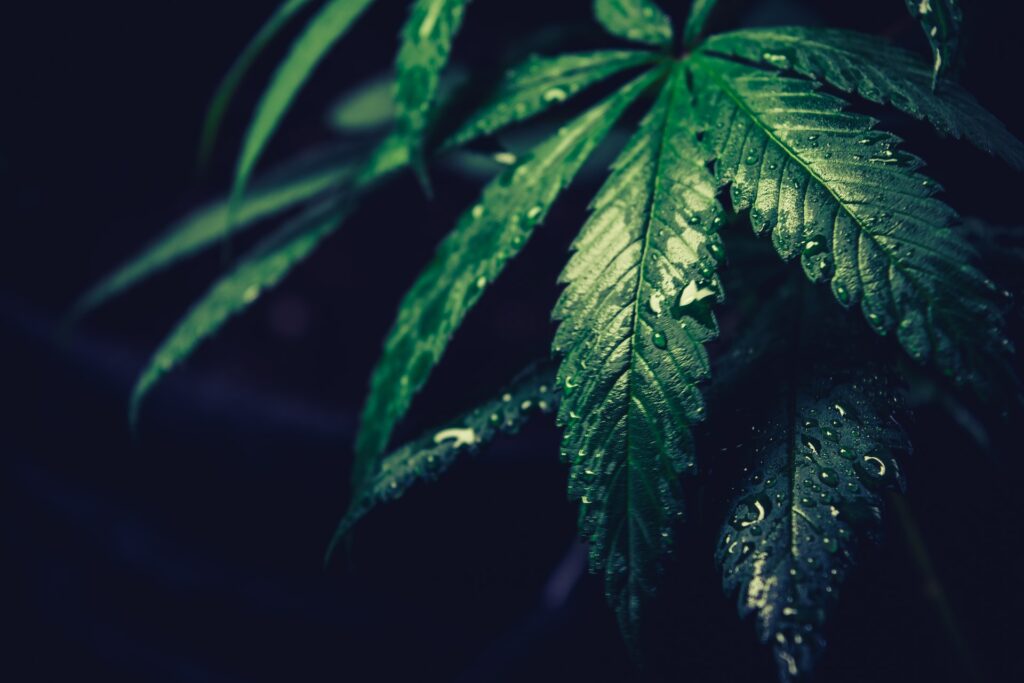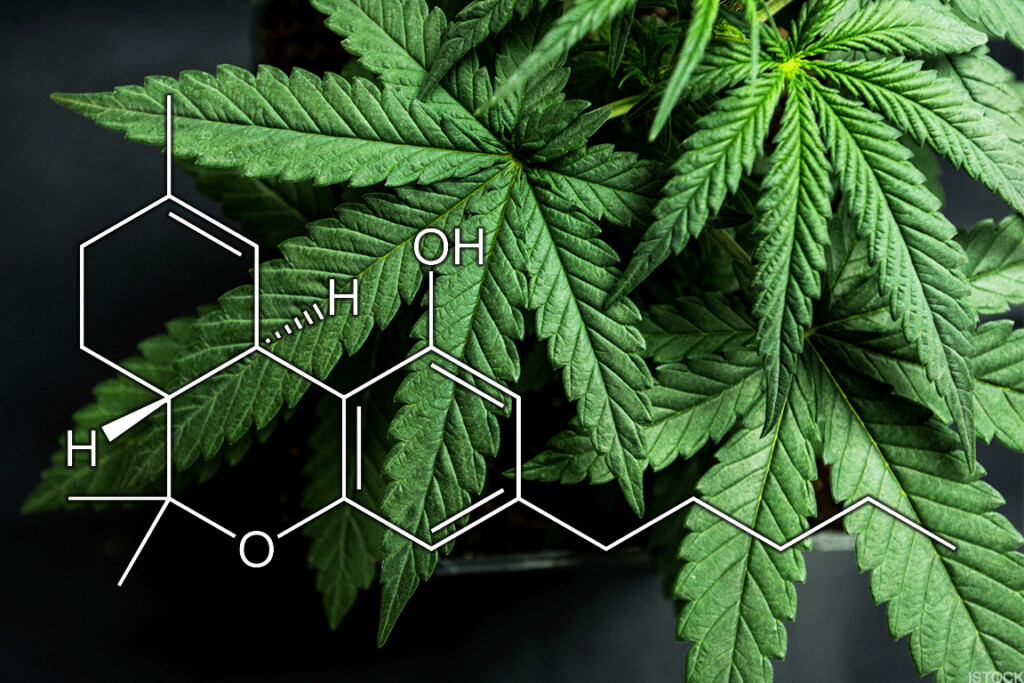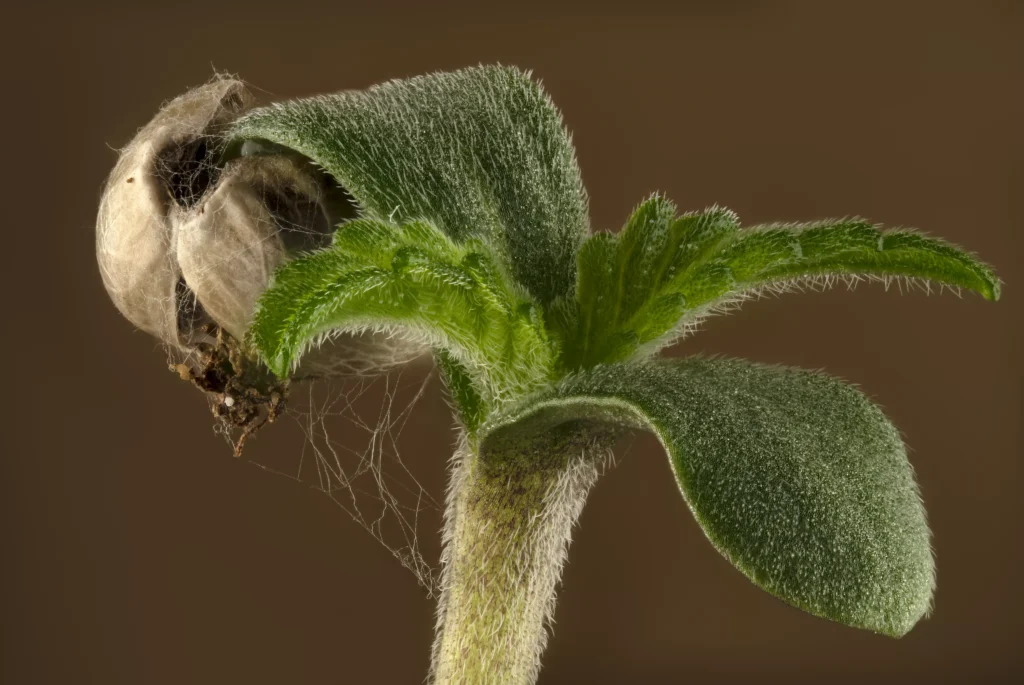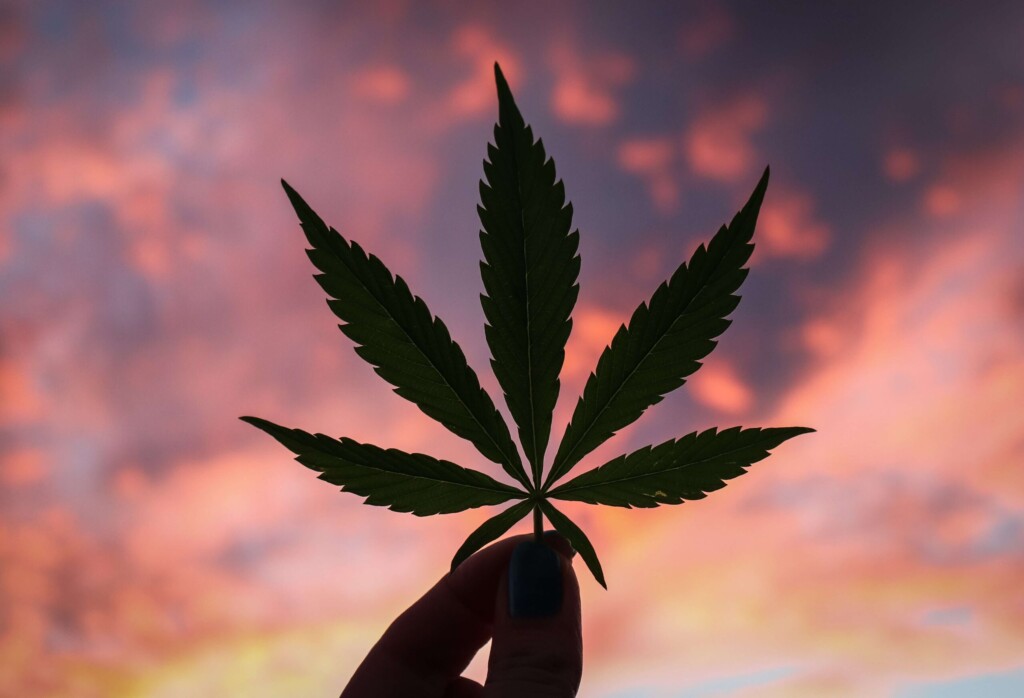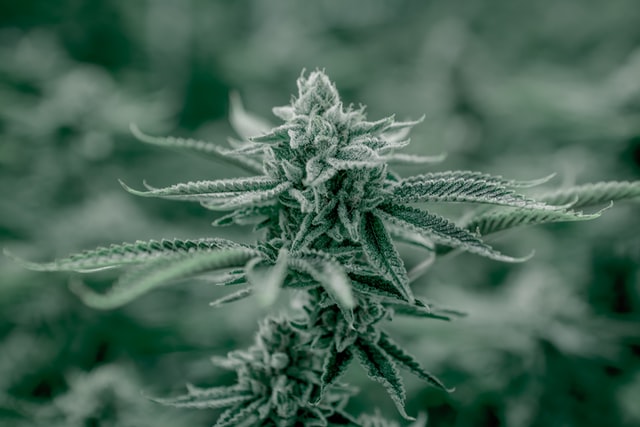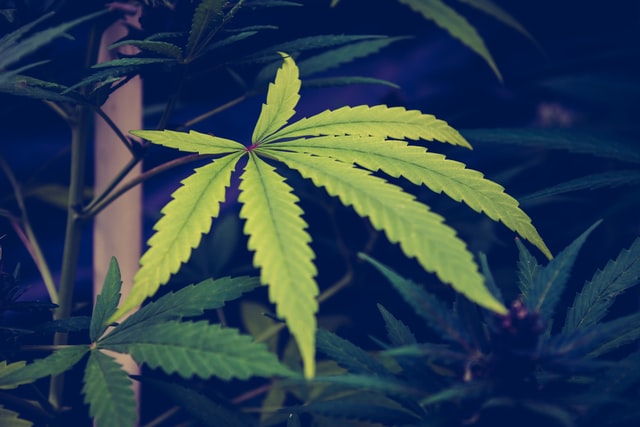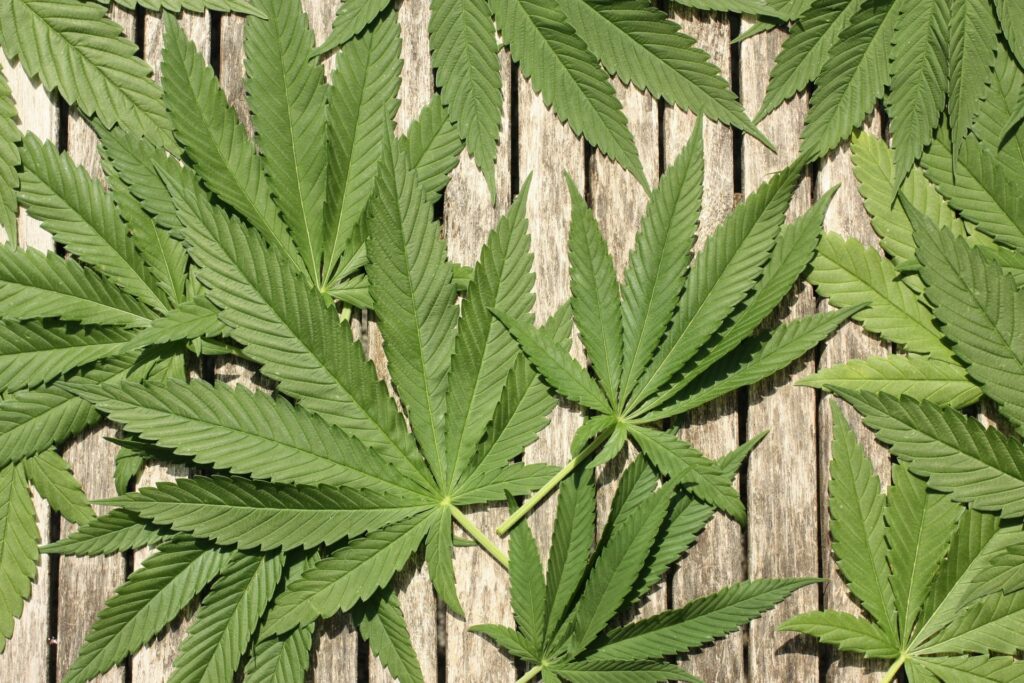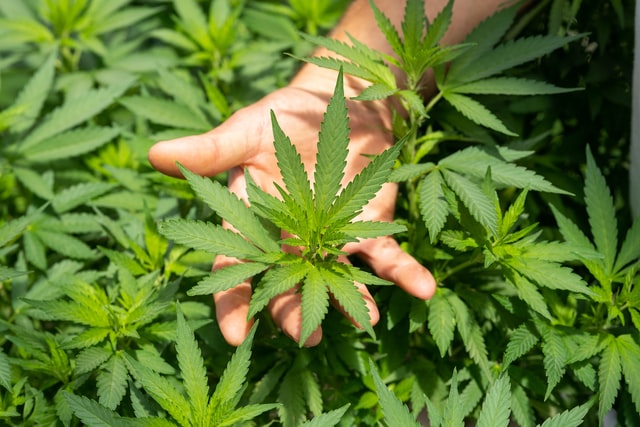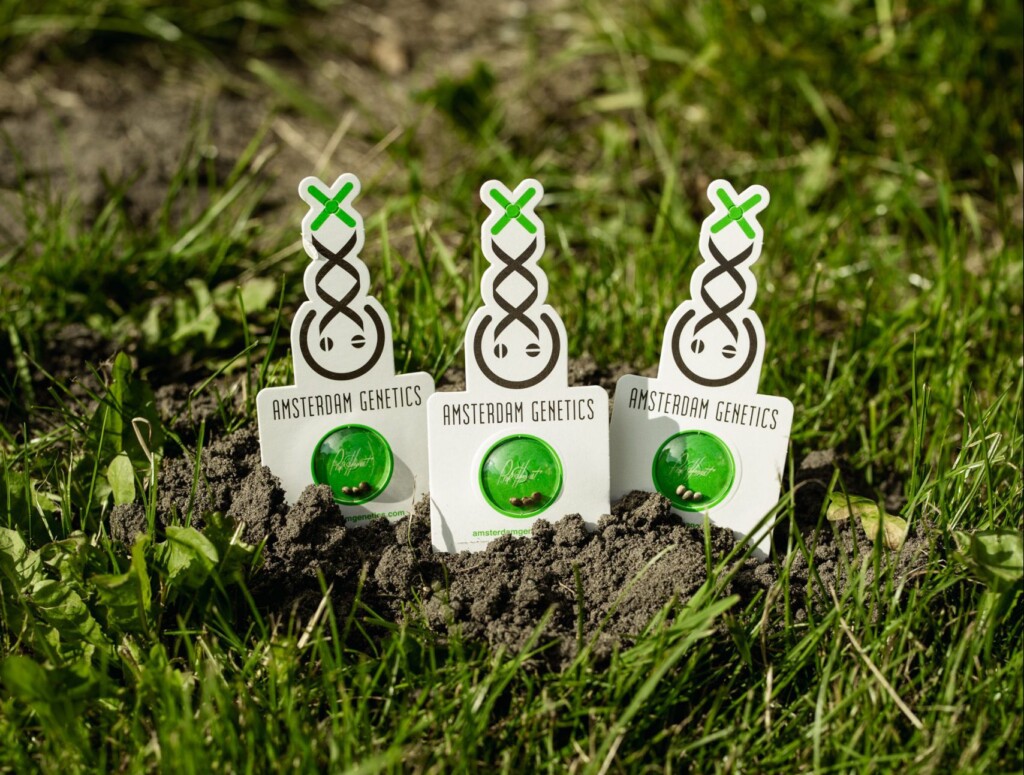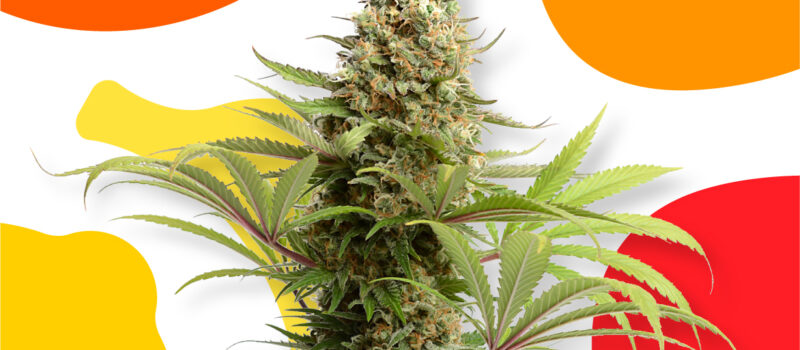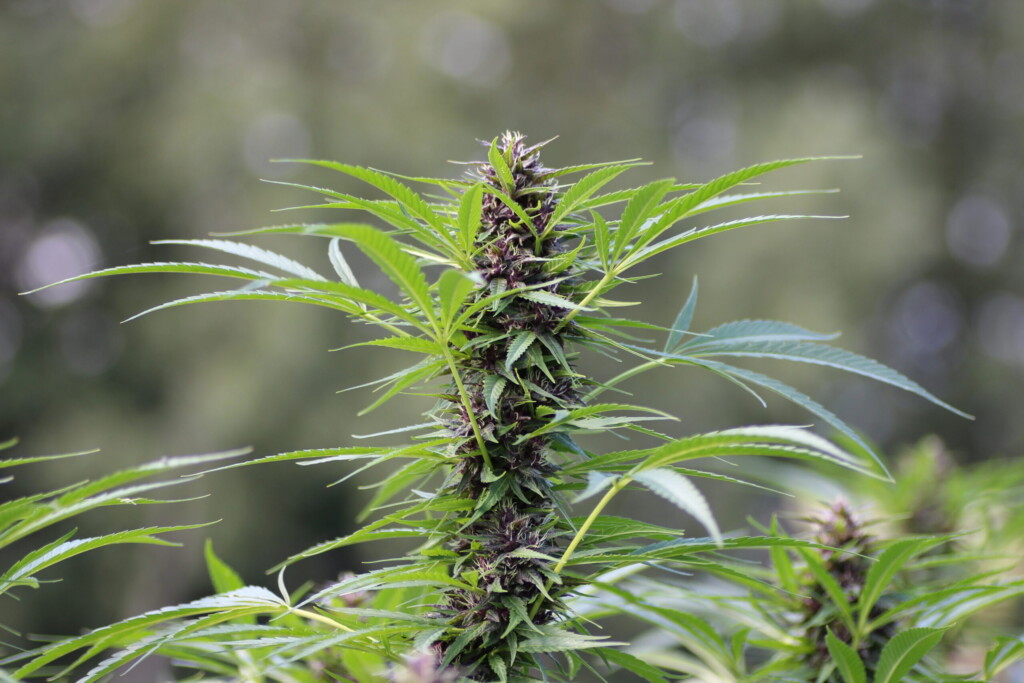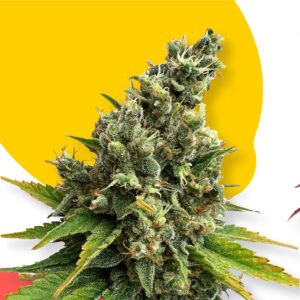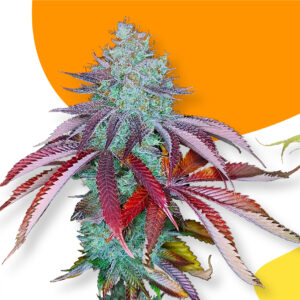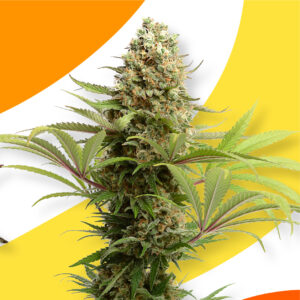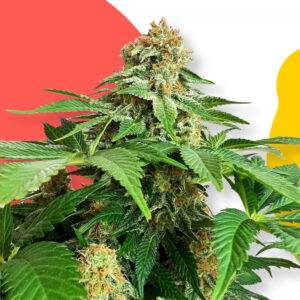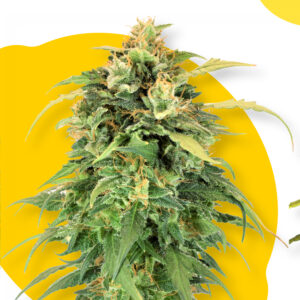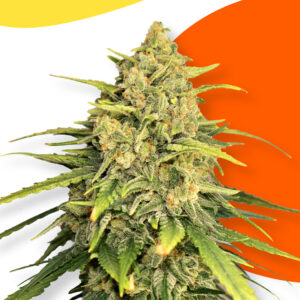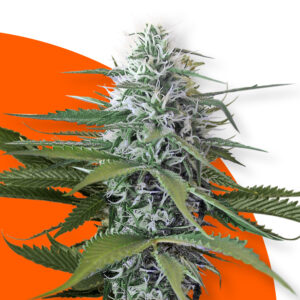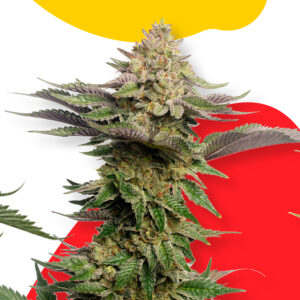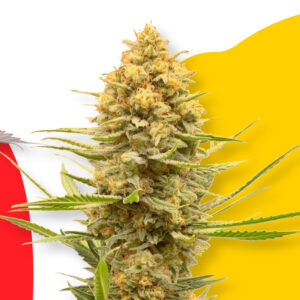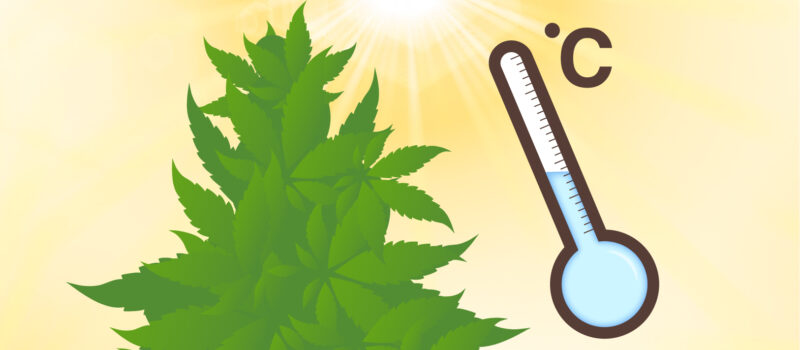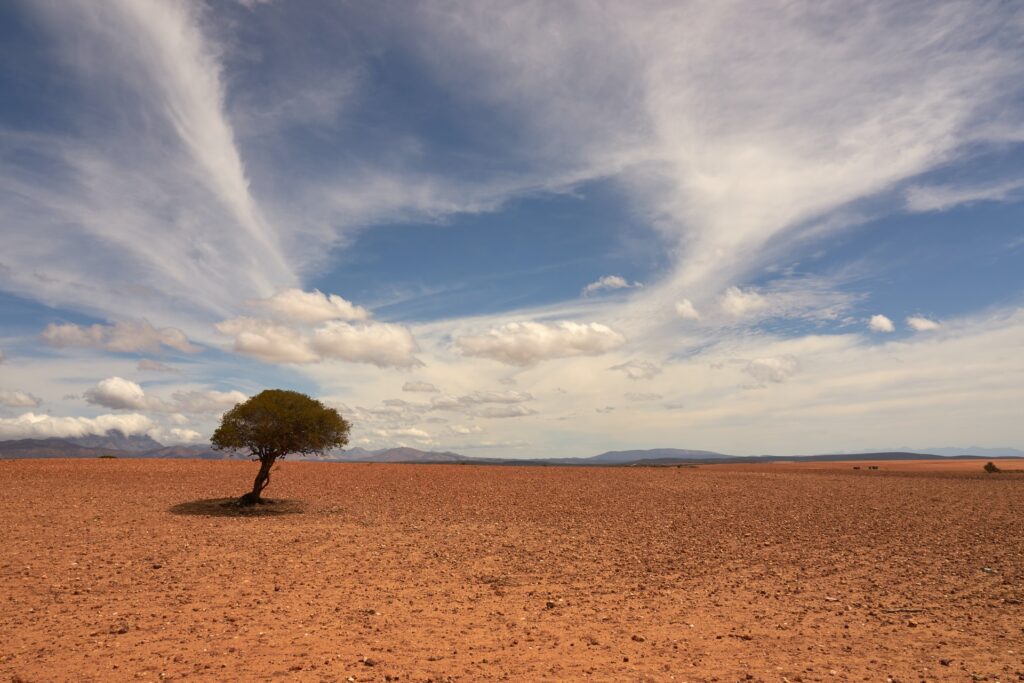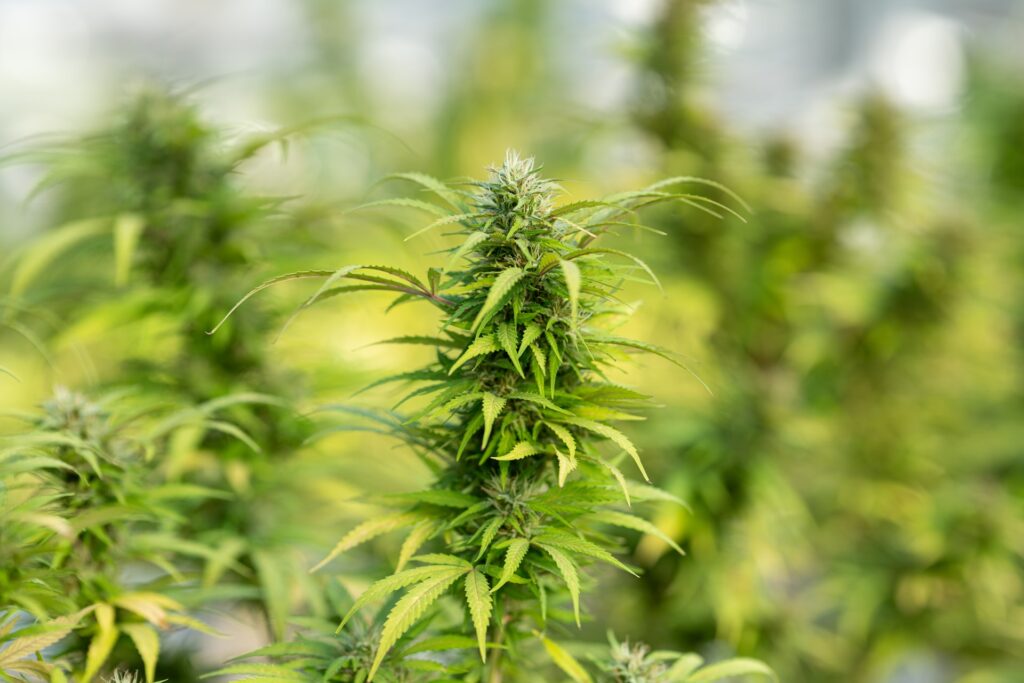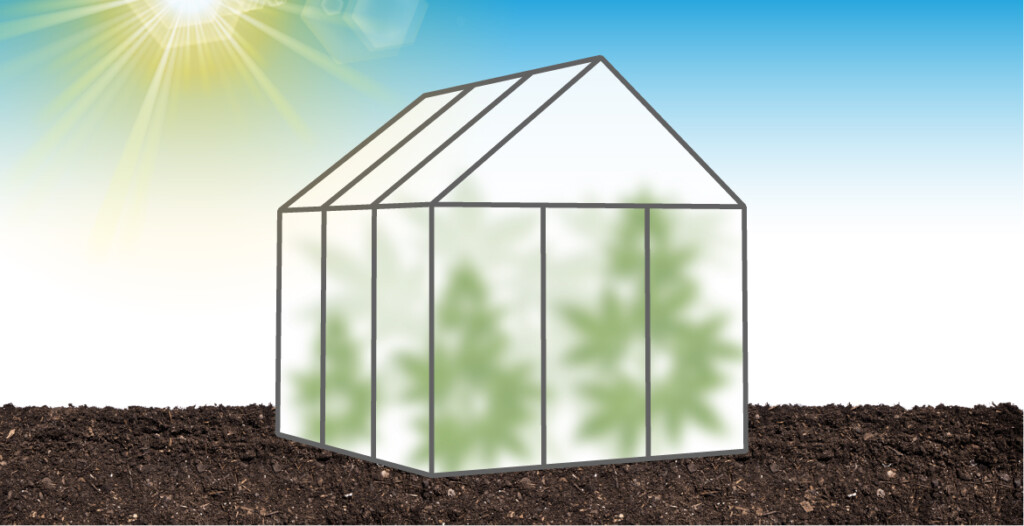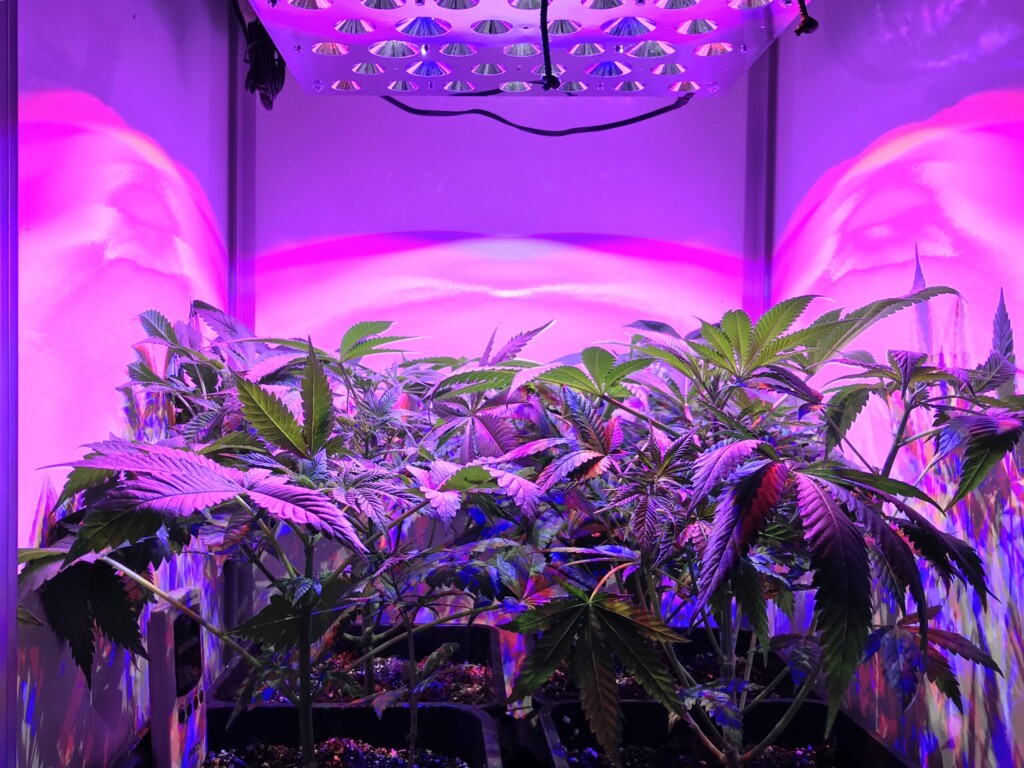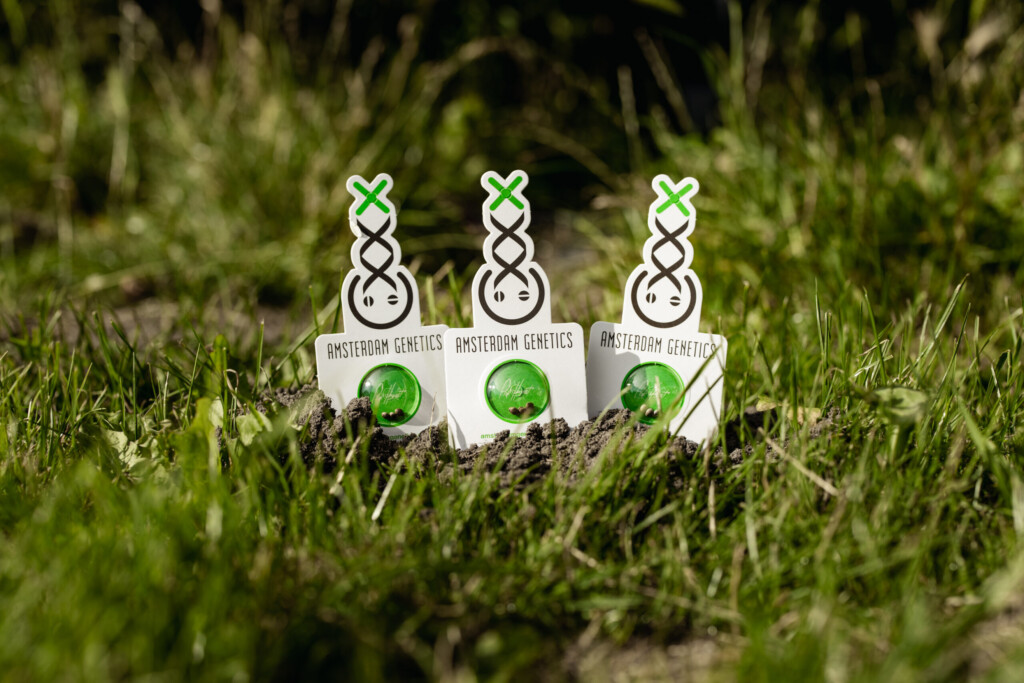When you look closer at the myriad cannabis strains available today, you’re bound to run into landrace strains at some point. These are the original, ancient cannabis variants that have been native to specific regions and habitats for millennia. Together, they form the basic genetic stock modern-day breeders used to create new strains. These days, landrace strains are back in focus, because consumers long to return to the source; to the pure taste of original cannabis. This blog dives into the past as we search for the roots of landrace cannabis strains.
On The Origin Of Cannabis Species
Cannabis is popular: no matter where you go on this planet, you’ll find people who lovingly grow and consume this plant. Cannabis as we know it today, however, is pretty much incomparable to its predecessors back in the days when humans first started to cultivate the species. Botanists suspect that weed was originally domesticated in the Middle East, with a particular part to play for the Hindu Kush mountain range bordering present-day Pakistan, Afghanistan, and India.
Over the centuries, cannabis was bred, cultivated, and traded, causing drastic changes to its shape and appearance as well as its taste, scent, and active components. Today, we have various genotypes (indica, sativa, ruderalis, and hybrid strains are a common distinction) with a huge diversity of phenotypes and properties. This staggering variety is the result of genetics interacting with environmental influences.
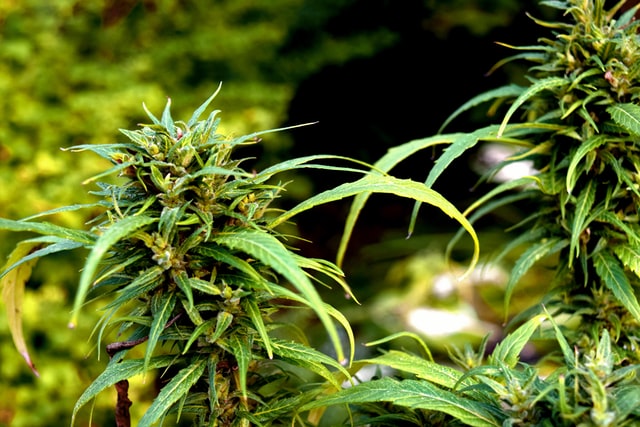
Plants were crossbred and traded between cultures, ending up in all corners of the earth. In the nineteen sixties and seventies, a new wave of cannabis landraces hit the shores of Europe and America. American soldiers returning from Vietnam brought home tonnes of landrace cannabis seeds with them. At the same time, the Hippie Trail trade route running from Asia to Europe saw many travellers bring exotic goods back to the west. Landrace cannabis seeds from the Far and Middle East were definitely part of this wave of souvenirs.
Al this travel and trade led to the crossbreeds that founded today’s popular strains. You can still trace many modern cannabis names back to the landrace strains that gave birth to them, including Afghan and Kush varieties. Yet even though all of these novel cannabis strains have their own unique traits and qualities, they gradually lost much of the original strength and genetic potential of their landrace ancestors. This explains why these ancient landraces never lost their native appeal, and today, many growers would love to see them return to the playing field.
What Are Landrace Cannabis Strains?
Landrace cannabis strains are the original, native cannabis plants that grew in the wild across specific regions of the planet. There, they evolved to develop the exact traits they needed to survive in their particular habitat. Plants growing high up on a mountainside obviously need different qualities than specimens growing on warm, humid environments. This is how the first variety of landrace cannabis strains came about.
They include examples like:
- Pakistani Citral Kush from Central Asia;
- Hindu Kush from the Kush Mountains;
- Swazi God from Central and Southern Africa;
- Luang Prabang from Southeast Asia;
- Acapulco Gold from Southern and Central America.
These ancient landraces were pure sativa and indica cannabis strains with uniquely different genotypes adjusted specifically to their various habitats. In principle, cannabis is a hardy plant that will grow just about anywhere, across different circumstances, climate ranges and terrain types. This plants is a true survivor found all over the globe.
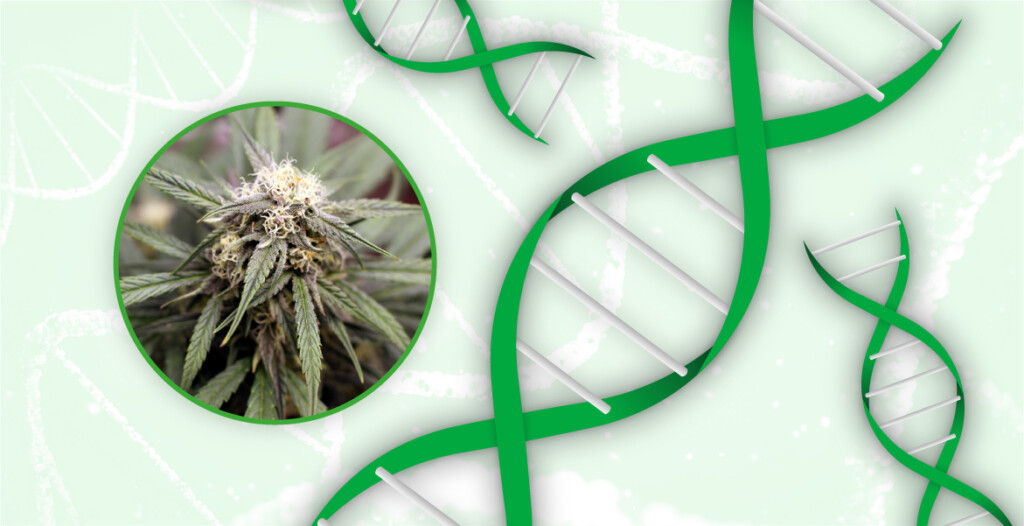
That does not mean, however, that any type of weed will grow anywhere. Strains that prefer warm, tropical conditions will struggle to thrive in arid, mountainous regions. This is one of the major drawbacks of landrace cannabis strains: they are ill-equipped to adapt to changes in their environment. They simply lack the genetic disposition to do so.
Many of the modern crossbreeds we find today are explicitly selected for their adaptability, as well as for resilience against disease or mold and similar properties. In this sense, hybrid cannabis strains are superior to their landrace cousins – it all depends on what you’re looking for.
What Makes Landrace Cannabis Strains So Special?
As these ancient cannabis variants are steadily enjoying renewed attention from growers, you may wonder just what makes them so attractive. After all, the huge diversity and superb properties of contemporary strains appears to consign landrace cannabis genetics to the annals of history. However, it is their very originality and genetic purity that truly sets them apart from modern hybrids.
One thing to keep in mind is that quality is a tricky standard here; genetics are at the heart of the matter. Cannabis landrace strains still contain their original genetic code in their DNA. They have adapted to the conditions of the original habitats where they belong. A landrace strain from Thailand will thrive in hot, humid conditions, for instance, whereas an Afghani Kush prefers cooler climes similar to the high plains of the mountains where it originated.
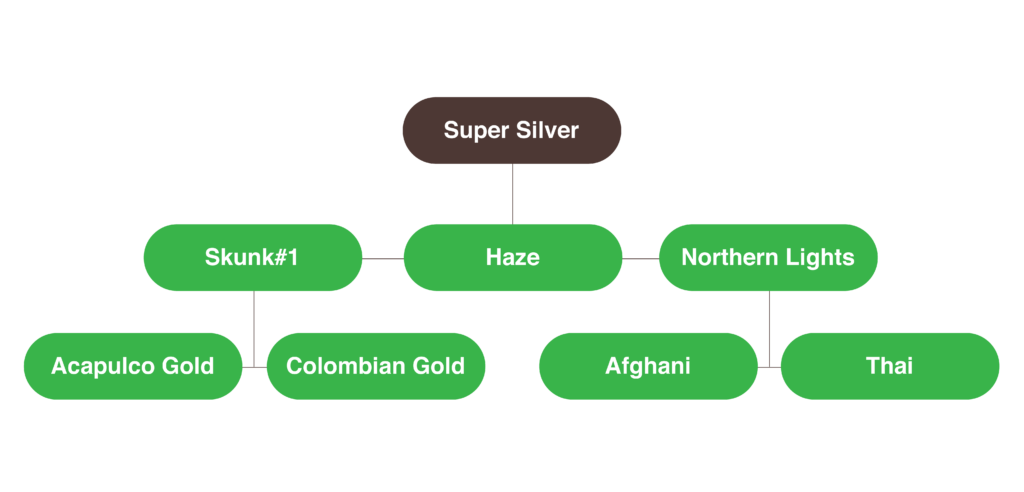
Of course, this makes landrace cannabis strains pretty hard to find. If you happen to live in Thailand, you’ll have a hard time growing Afghani Kush in your back garden because the plant is not suited for your own tropical habitat. Growing landraces indoors is no easy feat, either. You’ll have to create just the right conditions for any particular strain, which can be very hard to manage indeed. Some aspects of climate or specific conditions are almost impossible to replicate. This is one of the main reasons why you won’t find large-scale landrace breeding operations.
The respectable lineage and sheer age of a strain does not automatically make it more potent than contemporary strains (at least, not in terms of THC or CBD percentages). They do have their own unique traits, though, which tends to make them incredibly diverse in their yields, flavours, aromas, and potency.
Bringing Landraces Back To Life
There are quite a few cannabis growers and consumers who try to bring back the old landrace strains. Someone may have enjoyed some unique landrace strain years ago, for instance, longing to relive the experience by tracking down its feral genetics. People who set out on expeditions to find the old landraces are called strain hunters. They try to bring the old genetics back and use back-crossing techniques to reintroduce them into mainstream cannabis culture.
For cannabis breeders, landrace genetics pose a real treasure trove to use for back-crossing techniques used to make ancient traits resurface in in existing strains. This opens up possibilities for restoring original traits to hypermodern hybrids . This could serve to improve a strain’s genetic stability, for instance, although there are many more old qualities breeders qould love to see resurface in the latest weed varieties.
It is telling how our modern society starts to look at original purity with renewed interest. We can see it in the revival of natural medicine and a preference for plant-based supplements like CBD Oil, while we long for bread like grandma used to bake and see classic, ‘forgotten’ fruits and vegetables return to the shelves. Now, we see the same tendency in the return of ancient landrace cannabis strains.
As an added benefit to the revival of landrace cannabis, we can use this renewed interest and channel it to the conservation of vulnerable natural habitats, many of which are under threat and vanishing rapidly. The exclusive and indeed elusive nature of many landrace cannabis strains can often be linked directly to the destruction of their original habitats. Renewed attention for our many wonderful primal genetics can become a useful impulse for nature conservation. It would be great to know that the love for natural landrace strains expressed by the global cannabis community would benefit connoisseurs and fragile ecosystems at the same time!
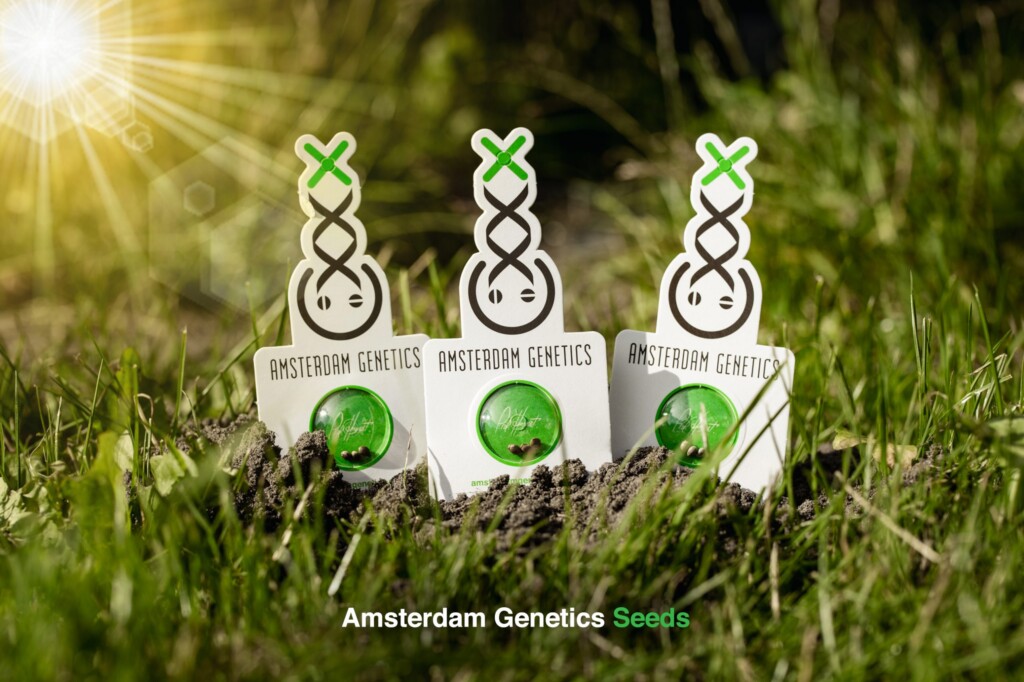
Amsterdam Genetics & Landrace Cannabis
For obvious reasons, you will not find pure landrace cannabis strains in the Amsterdam Genetics seeds collection. We have, however, used landrace genetics to create our own unique cannabis strains. Great examples include our Super Silver Haze seeds, which carry Afghani, Thai, and Acapulco Gold genetics in their DNA. Our Amnesia Haze reflects the taste and influence of Prabang from Southeast Asia, and there are many more ancient lineages to discover in our seeds range.
Check The Collection
Of course, even the most modern cannabis hybrids ultimately contain traces of landrace genetics if you dig deep enough into their pedigree history. Still, much of this ancient splendour has been diluted and indeed lost forever in the tsunami of new crossbreeds we see today. That is why every grower and connoisseur ought to know where our roots lie: no matter how faintly, you can still hear the echoes of landrace strains in any cannabis seeds you order!








